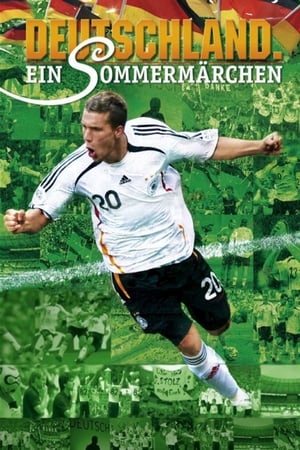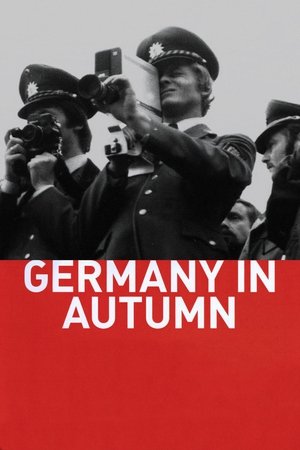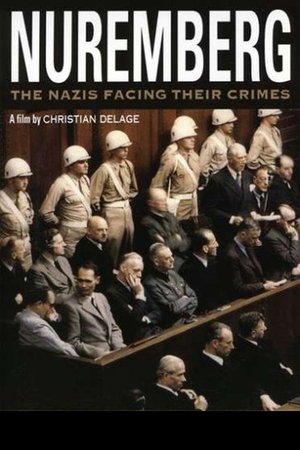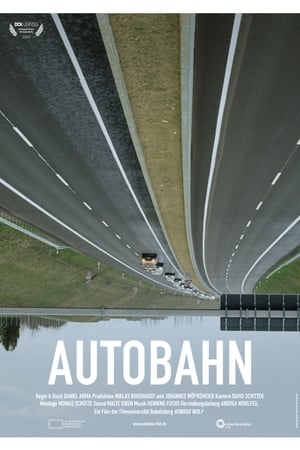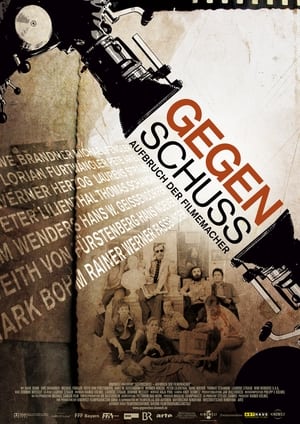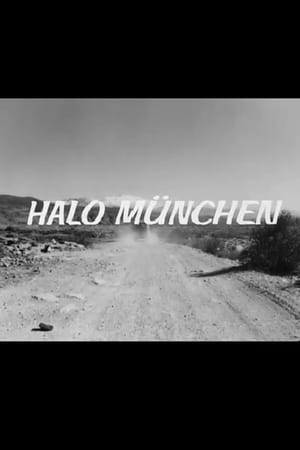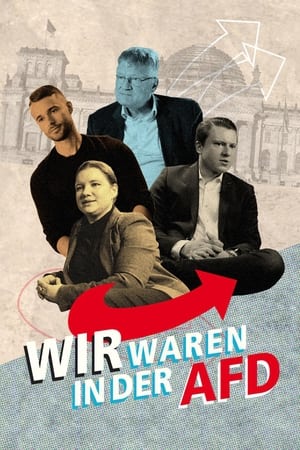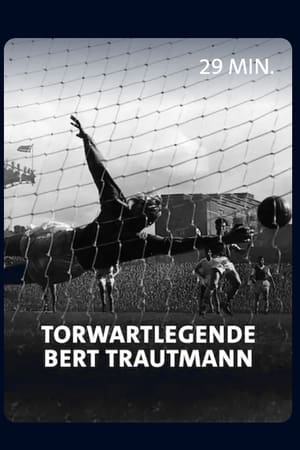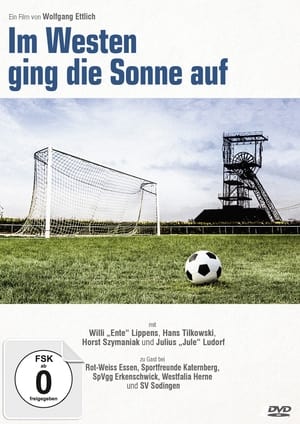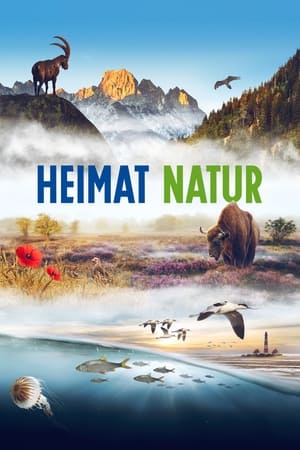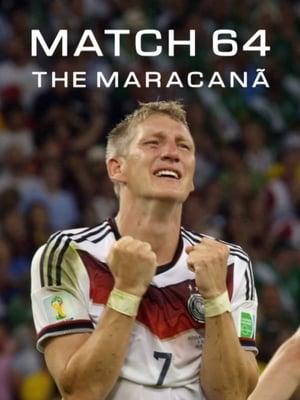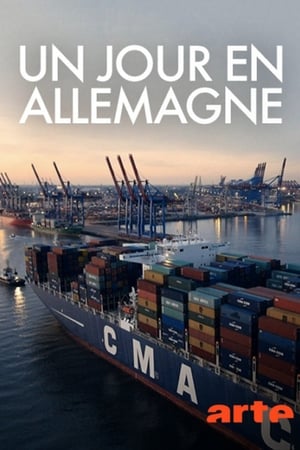Overview
A BAFTA award nominated documentary intended for secondary schools exploring the three distinct geographical regions of Germany from a British perspective.
Reviews
This is an example of one of those rather dryly narrated documentaries that we might have seen at school. It divides the country of West Germany into three segments and uses the Rhine river as a conduit for much of our tour. The West and South is a major source of timber and home to Heidelberg University. Further upstream, the Mosel joins at Koblenz - famous for it's wines. The Rhine gorge is narrow but it carries a great deal of trade before hitting Bonn and then Cologne - itself an important intersection of trade routes and very close to the vast Ruhr coalfields and the industrial heartland of a country linked extensively by a network of canals. Next we head to the uplands in the North. The odd volcanic feature and reservoirs that feed hydro-electric power stations are all that's left of the once prosperous silver mining community. It's intensively, and surprisingly traditionally, farmed now with some peculiarly spooky clocks on ornately decorated town halls and some typical twisted church spires. Frankfurt now thrives as an industrial centre - even amidst the violent thunderstorm we see here! Lake Constance separates Germany from Austria and Switzerland and is dotted with towns and villages that can trace their origins back to Roman times. Munich is now the regional centre - "the place of monks": the last bastion before the Alps rise up steeply fit for hay and little else. The Bavarian community is deeply Catholic in faith and the buildings frequently reflect that with their external illustrations and roadside icons. With winter looming, the farming community reconvenes at a lower altitude to avoid the excesses of the alpine conditions. Finally, we heard to the part of the territory that stretches from the Baltic to the North sea, includes Berlin and, of course, the entirety of what constitutes East Germany. Fishing is important to this community as are the muddy spas. The Kiel canal is an impressive structure even if it's importance to shipping has largely diminished. Lübeck is not now what it once was but Hamburg on the Elbe has proved much more adaptable following its near destruction during WWII. Indeed much of the thrust of this latter part focusses on the speed with which Germany has recovered from the war and we end up in the capital city - a vibrant and diverse city that still shows signs of it's Nazi past and illustrates the wall poignantly with the DDR flag flying from the Brandenburg gate.

 24 min
24 min
 6
6
 1964
1964
 United Kingdom
United Kingdom
 CinemaSerf wrote:
CinemaSerf wrote:
